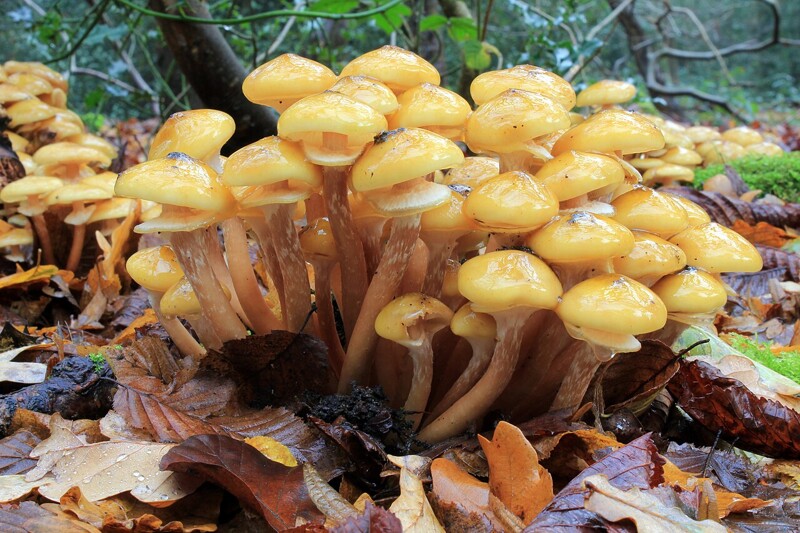Page author: Olivia Filialuna
Armillaria mellea
honey fungus
Habitat: woodlands, parklands, and gardens
Substrate: trunks, stumps, or roots
Conservation Status: Not of concern
Description:
Identification Notes:
Spores are white. Growth of up to 7 inches. Cap diameter of up to 5 inches. Armillaria ostoyae forms slimmer fruitbodies with purplish tints. A. gallica forms small clusters, tends to have a swollen base, and is non-parasitic.
Sources: Roberts, Peter and Evans, Shelley. The Book of Fungi. Chicago, The University of Chicago Press, 2011.
Accepted Name:
Armillaria mellea (Vahl) P. Kumm.
Synonyms & Misapplications:
(none provided)
Additional Resources:
PNW Herbaria: Specimen records of Armillaria mellea in the Consortium of Pacific Northwest Herbaria database
CalPhotos: Armillaria mellea photos
1 photographs:
Group by



